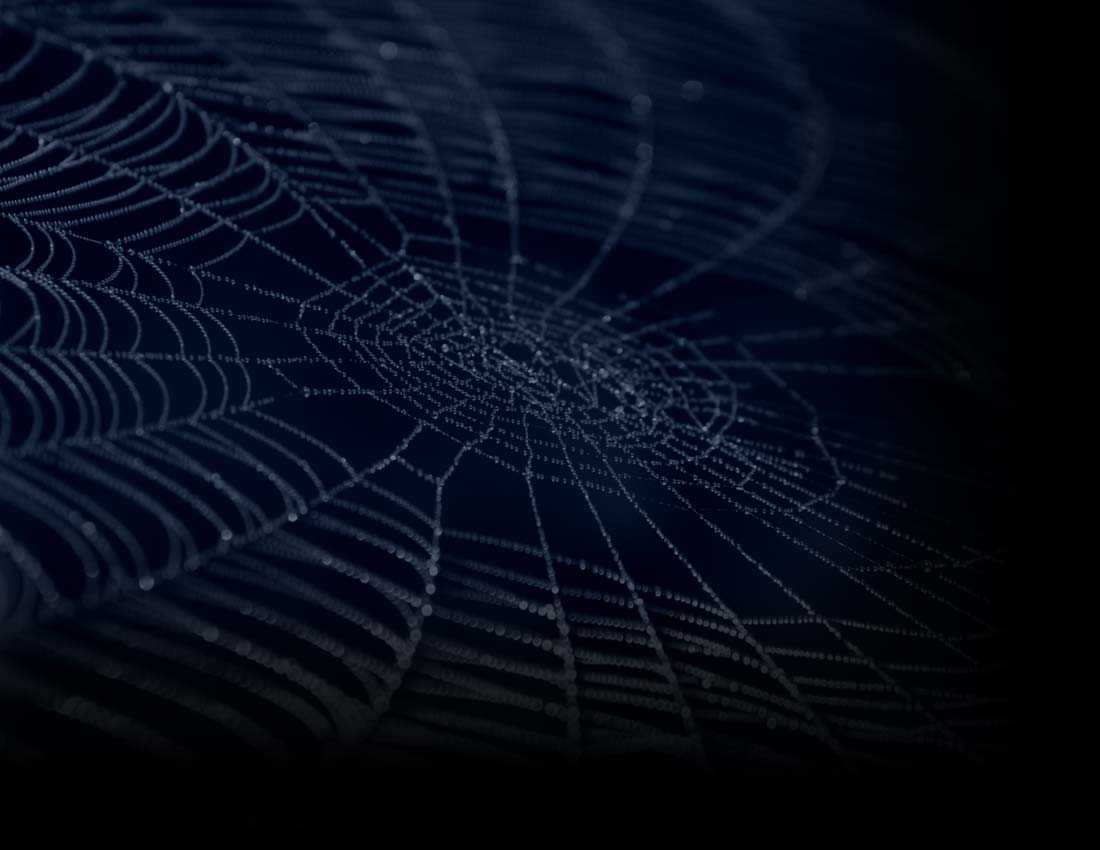Here be Dragons and the 'unknown unknowns'
Elahi, S (forthcoming), Futures.

Risk is the possibility that human actions or events lead to consequences that affect aspects of what people value - opportunity is the other side of the coin. The rapid speed of change, the complex interactions between different developments taking place globally and the impact of modern channels of communication are all transforming the world, making many of the risks we face more complex and global in nature.
In this section we discuss organisational, financial, technological, societal, environmental, health, knowledge and moral risk in greater detail. Political risk is always included in our work, although it is increasingly becoming a wildcard beyond comprehensive analysis. Although each organisation has its unique risk profile, we examine all of these risks to better understand the issues likely to impact it but over which it has little or no control.
Complex global risk cannot be easily predicted and conventional metrics are usually too specific to recognise its signals. Therefore, qualitative processes, such as scenarios, are more likely to identify the multiple dimensions of such risk than the more focused quantitative analysis. Management of complex global risk requires constant monitoring and a realisation that command and control measures are less effective than adaptive management.

Elahi, S (forthcoming), Futures.
Most people about to embark on a journey from A to B will consult a map, establish where A is in relation to B, and then proceed by the most suitable form of transportation. The more important the journey, the more critical the quality of the map becomes. The information contained on the map will undoubtedly influence the traveller's perception of the environment he traverses.
From ancient times, the blank spaces on the map were illustrated visually by cartographers, who filled these gaps in knowledge with fierce looking sea serpents, mythological creatures or dragons to warn travellers of the risks they might face as they extended the geographical boundaries of the world they knew. 'Here be Dragons' have been used both graphically and metaphorically to signify dangerous and unexplored territories which necessitate human caution. For any user of the map, understanding where the boundaries of knowledge lay was almost as important as the knowledge itself. Illusion of knowledge was the greatest danger of all.

In the modern world of today, 'Here be Dragons' are conspicuous by their absence, yet they lie all around us: on the fringes of institutional boundaries and commercial divisions, outside the silos of academic disciplines, between the interconnected human and natural systems on which society relies, beyond the metrics so carefully calculated... In each instance they are unacknowledged blind spots, spanning across multiple scientific, geographical, temporal and institutional boundaries. Although policy makers, institutions and businesses are neatly divided into constituent parts; complex human, technological and environmental systems are not. So more often than not, analysis or decision-making impacting multi-facetted risk issues is tackled piecemeal using a single-issue lens. This enables decision-makers to be perfectly right within a narrow model under precise assumptions - or absolutely wrong should those assumptions prove to be incorrect.
Ignoring the 'Here be Dragons' ensures that the risks they pose remain ignored, unmonitored and unresolved. In addition, they offer potential opportunities unidentified by conventional means. So, given the value of 'Here be Dragons' as a signal, why is there such collective denial of their existence? There are three main factors, namely:
Exploring 'Here be Dragons' requires curiosity and an open mind, unbounded by the restraints set out above. The costs of such quests are small in relation to their potential benefits. Once the whereabouts of 'Here be Dragons' have been established, their potential to impact society and its systems can be estimated. This information then enables institutions and businesses to establish how best to deal with them. With foresight, 'Here be Dragons' can be monitored, contained, circumvented or confronted as the need arises. Without this, they will be dealt with by an immediate kneejerk reaction when they rear their heads.
Scenarios are a simulation tool that enable us to discern the 'Here be Dragons'. They are built by a diverse group of people incorporating expertise from a wide range of disparate disciplines, thereby encouraging collaboration and cross fertilisation and minimizing potential groupthink. Although not an end in themselves, scenarios enable decision-makers to test the possible consequences of their decisions against multiple futures, increasing the likelihood of robust decisions that respond to the turbulent complex environments of today where outcomes are uncertain. This avoids expensive mistakes, and enables decision-makers to carefully consider possible unintended consequences. For this reason, I would argue that scenarios are in effect meta risk analyses of the 'Here be Dragons' systemic issues society faces. The 'Here be Dragons' are around us, and human beings dependent on the complex webs of interconnected human and natural systems ignore them at their peril. Awareness of some of the lurking dragons would be better than the illusory security created by societal myopia. Ignorance could result in confrontation with dragons that are hidden, unwanted and unrecognised - but also ultimately too powerful to mount or to slay.
Professor C S (Buzz) Holling, Arthur R Marshall Jr Chair in Ecological Sciences, University of Florida, RiskWorld interview
